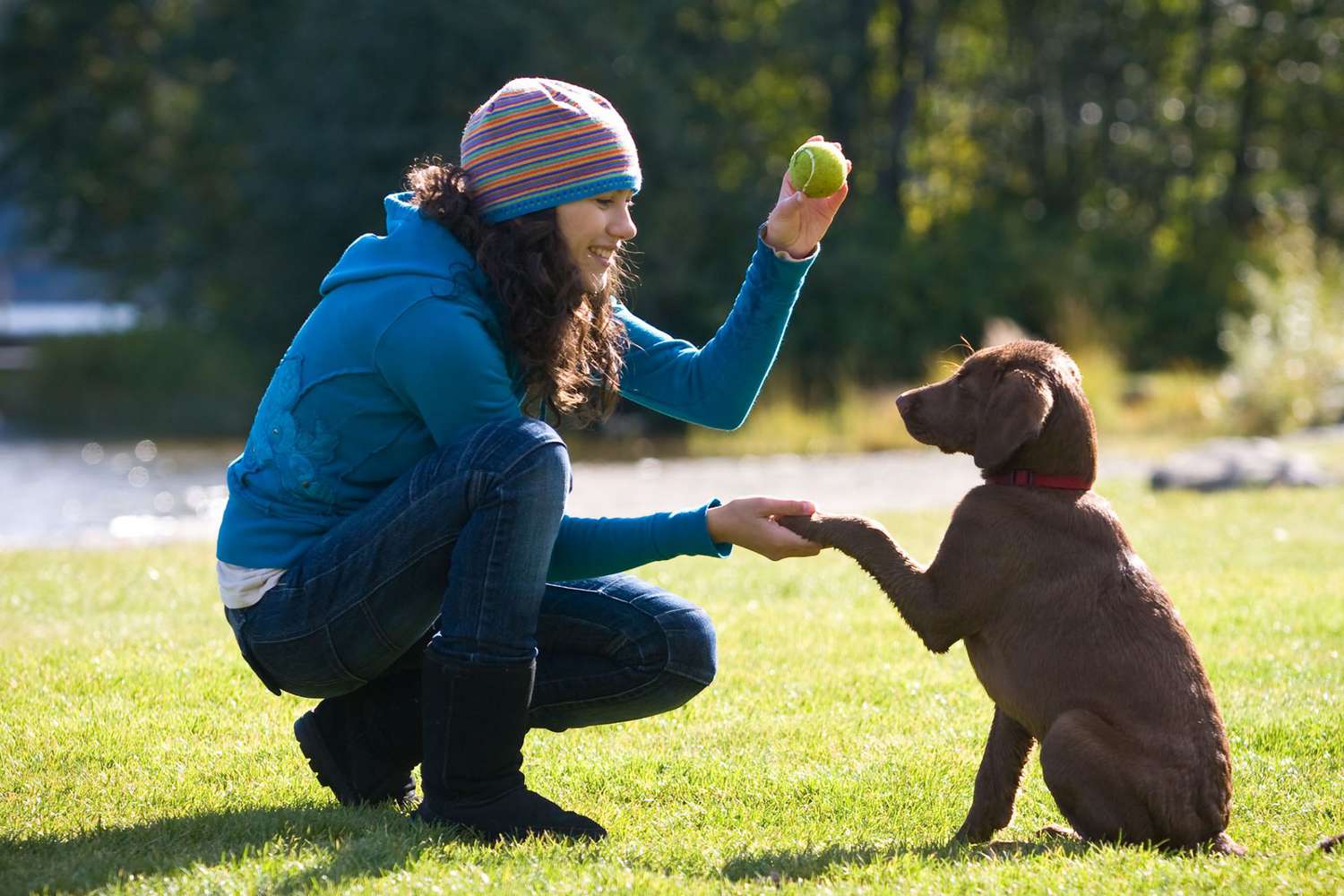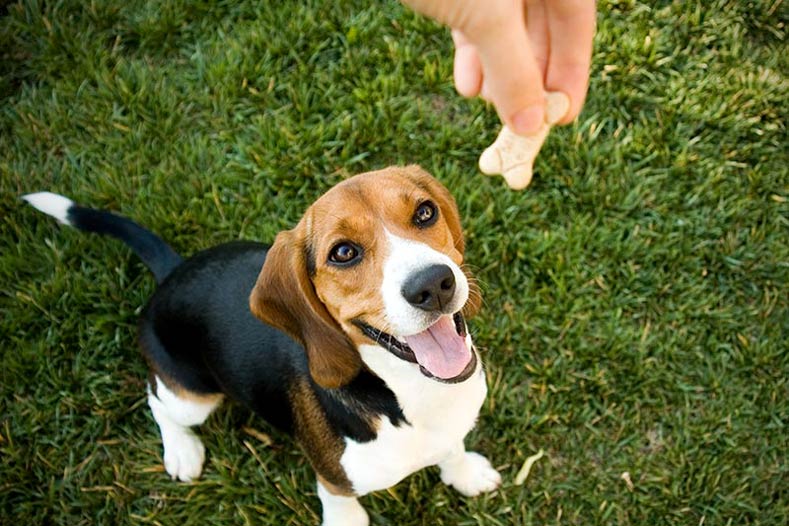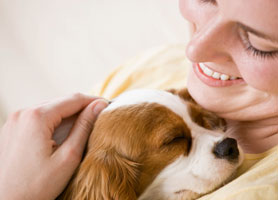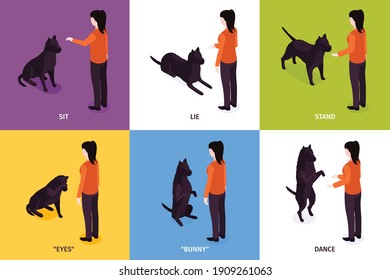Most people love their furry companions. However, not every moment is enjoyable when your dog isn’t trained to behave in specific ways or avoid unwanted behaviors. There are many techniques passed on from unknown sources that tell you the best ways to get your dog not to do something. But what is the best method, and how do you use these techniques?

With Pritish Kumar Halder learn the most common methods for how to train your dog, as well as what techniques not to use.
How Should You Train Your Dog?
There are two common methods of training a dog.
The first is the aversive-based method. The second is the reward-based method. Aversive-based (discipline) training is when you use positive punishment and negative reinforcement techniques with your dog. Reward-based methods use rewards only for the behaviors that you want your dog to follow.
First method
Aversive-based training use techniques like loud, unpleasant noises, physical corrections, and harsh scolding to get your dog to act the way you want. On the other hand, reward-based training use rewards whenever your dog does something you want it to do. Treats, belly rubs, or other dog-pleasing actions are used to reinforce that a behavior was good. Different experts prefer one method over the other. The one that you use is completely up to you.
Second method
Some people believe that a rewards-based method sets up an “event sequence” for your dog where they associate you with happy feelings when they do what they’re told. Aversive-based methods do just the opposite, where they fear you. That fear means that your dog does what they are told to avoid unpleasant feelings.
Understand How Your Dog Learns
Dogs learn a lot like little kids. They are close in intelligence to human two-year-old’s. Immediate consequences are all that they care about. As they grow, they begin to understand our words. Some intelligent breeds will respond to as many as 250! Yet every dog responds to the tone of our voice more than the actual words.
There are three types of dog intelligence recognized by scientists:
- Instinctive
- Adaptive
- Working and obedience
Adaptive learning
Instinctive learning is when your dog learns the behaviors they are bred. Adaptive learning is how well your dog learns from their surroundings and the environment around them to solve problems. Working and obedience are how well they learn the tasks and commands that you teach them.
Obedience techniques
To get your dog to be obedient, you should focus on training that uses obedience techniques and the specific behaviors you want from them. Both aversive- and reward-based training have been proven to work. However, if you’re training your dog to be a loving pet, you should consider reward-based obedience training. This method doesn’t develop fear-based responses in your dog. It actually reinforces your loving relationship with them.

Obedience Training Rewards
Dogs are smart enough to learn the behaviors that you want them to have. They are also smart enough to learn what they can get away with.
Affection and attention
If you wonder how to train a dog with a specific behavior, one of the most effective methods is to give them treats, praise, or affection. Most importantly, the best reward to give them is the one that they want the most. If they are food motivated, treats might work better than praise. If they crave attention from you, then affection might be the best reward.

Consistent rewards
The main point to focus on is to consistently give your dog rewards for the behavior that you want. Do not reward the behavior you don’t want. When your dog performs the behavior, they should get their reward. If you ask them to lie down and don’t give them a treat until they stand back up, they become confused. They will not know which behavior the reward was for.
Control Consequences Effectively
When you are using reward-based training, your dog needs to understand that there are consequences for behaving in a way you don’t like. Here the consequences are to withhold their reward when they do something bad.

Illustration
For instance, a dog that likes to jump up to greet their humans when they come in the house can be dangerous for an older adult. To train them not to jump up at you, do not greet them or give them attention if they jump up. You should turn around, walk back out the door, and continue doing this until the dog doesn’t jump up. Keep a treat in your hand while you do this.
Correct behavior
When the dog doesn’t jump, give them the treat, and repeat the task until your dog doesn’t jump up when you come in. You should try this with all of the people that your dog gets excited to see when they come in your house. This ensures that they give your dog the treat for the correct behavior.
Training New Skills
When you’re teaching your dog something new, remember that they have the attention span and intelligence of a two-year-old. Your training sessions should be short and to the point. Limit them to 15 minutes. Focus on one task or behavior so that they do not become confused.
Use same commands
Make sure that you’re using the same commands for the behaviors that you want. If you use the same word but insert it into sentences differently every time you say it, your dog may not understand. For instance, if you want to train your dog to lie down, you will confuse them if you say “Lie down” one session and then say “Fido, lie down or no treat” later in the day. They might not know what to do.

Basic Obedience Dog Training
The American Kennel Club recognizes five basic commands that every dog should know.
They are:
-Come
-Heel
-Sit
-Stay
-Down
Finding Help and More Information
If you’re looking for help training your dog, you can try taking a class at your local American Kennel Club (AKC). Local pet associations can also help you with behavioral problems or with fundamentals. The AKC has over 5,000 clubs around the country.
Reference
https://pets.webmd.com/dogs/guide/dog-training-obedience-training-for-dogs












